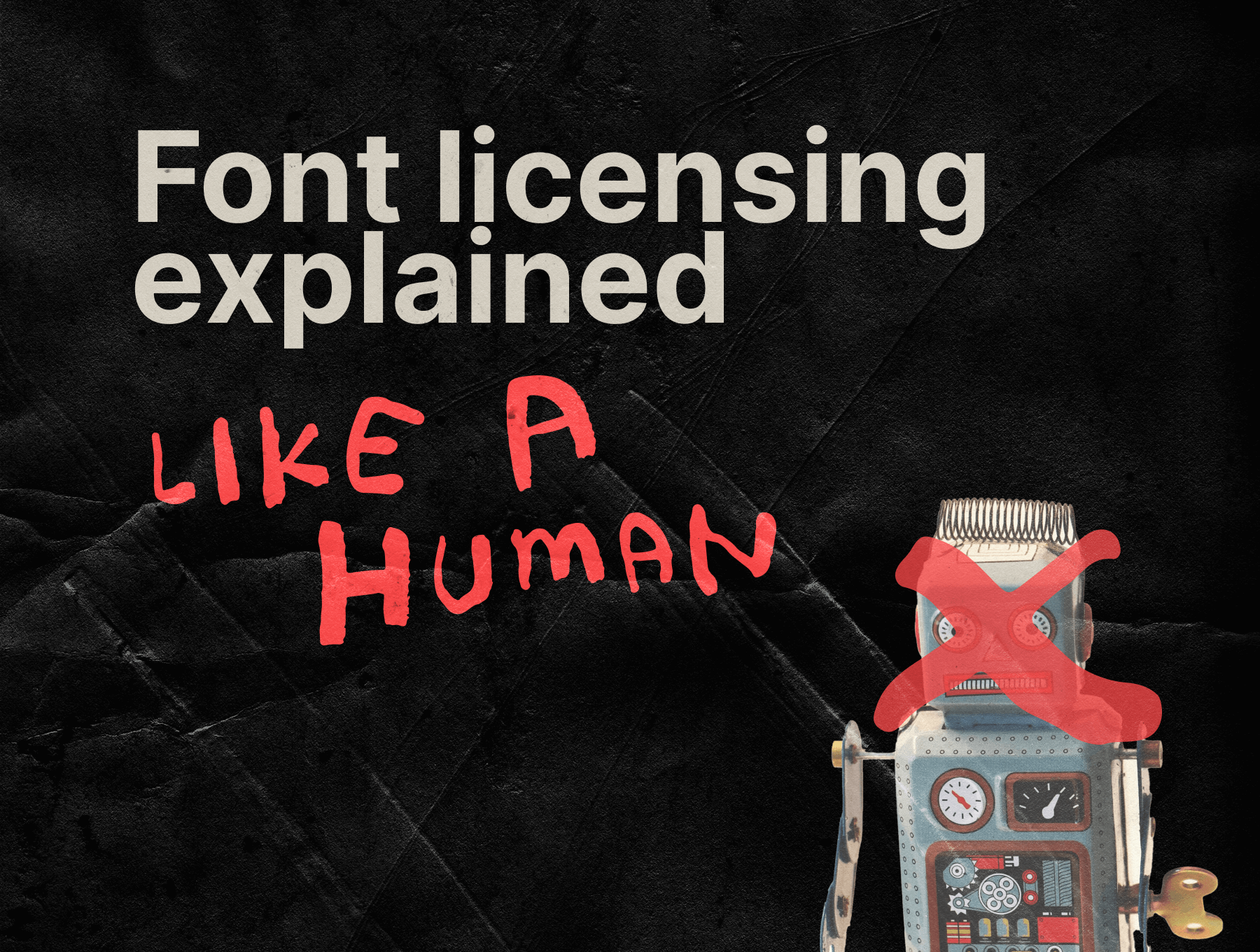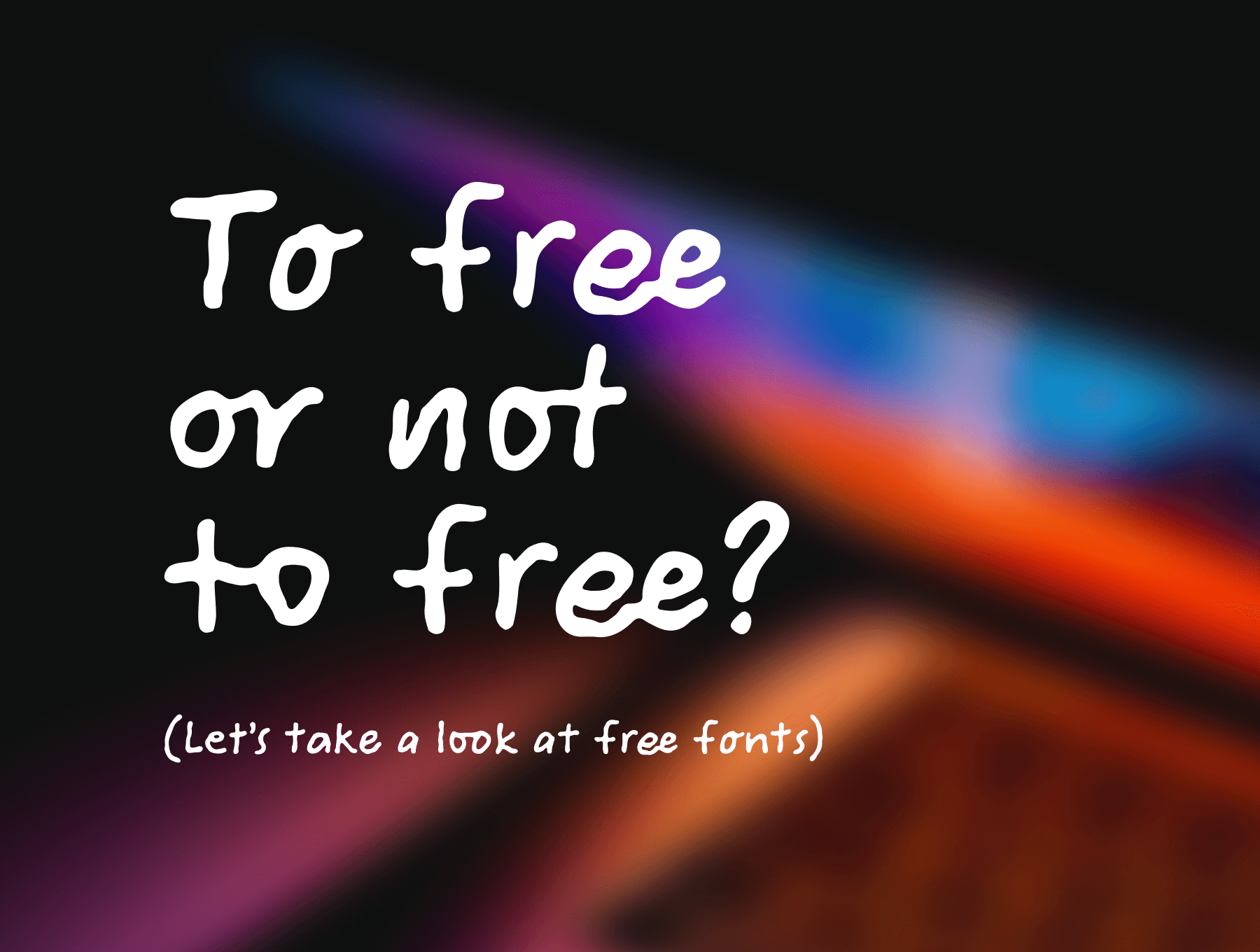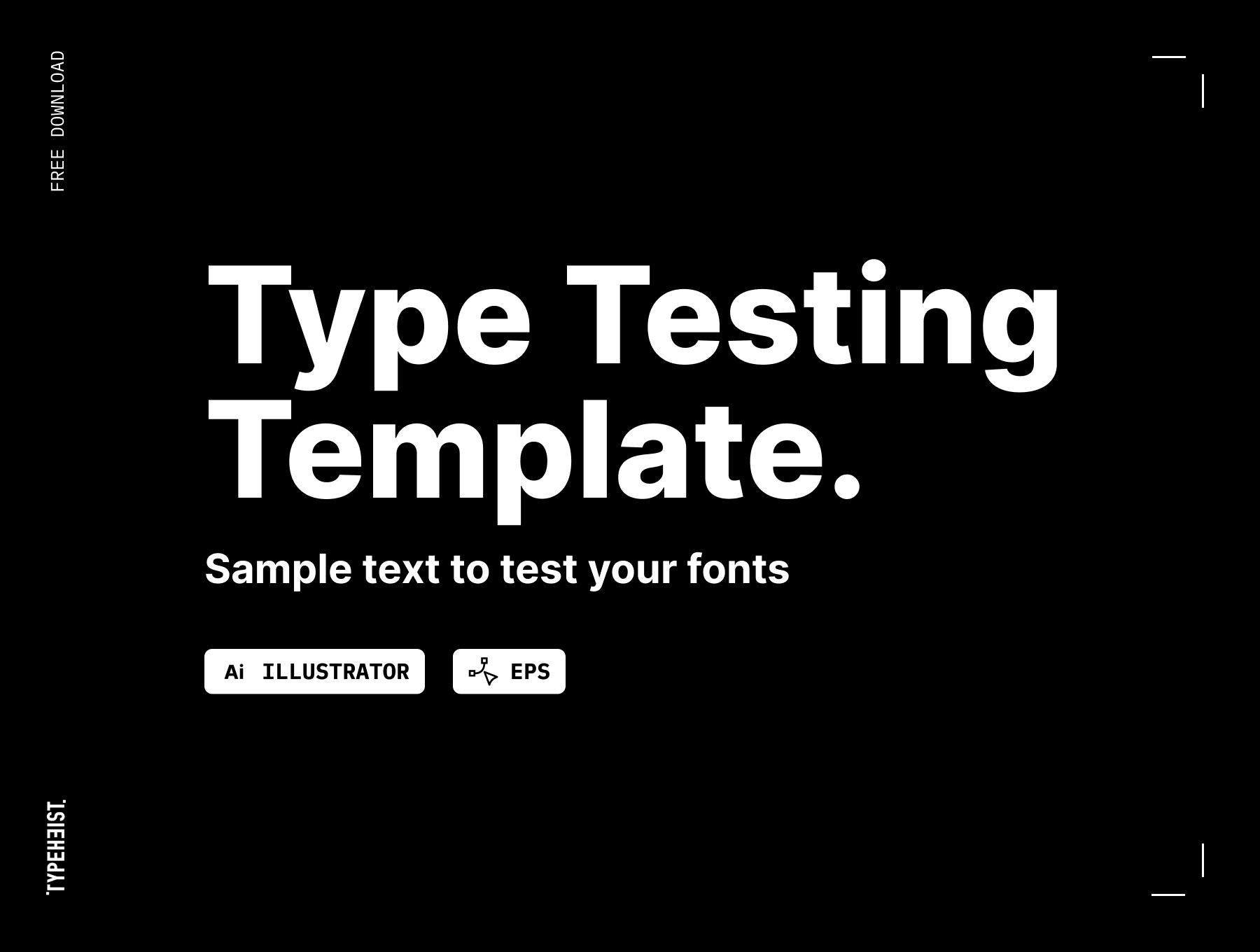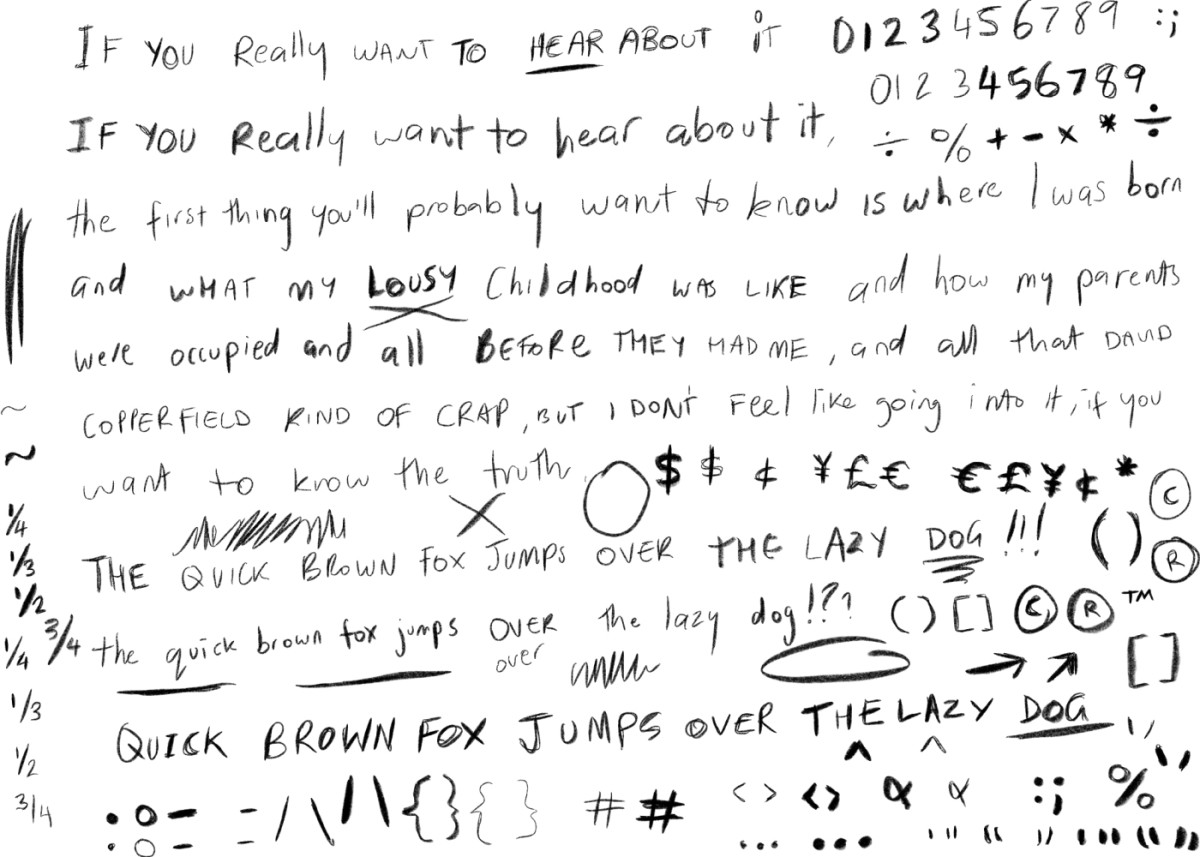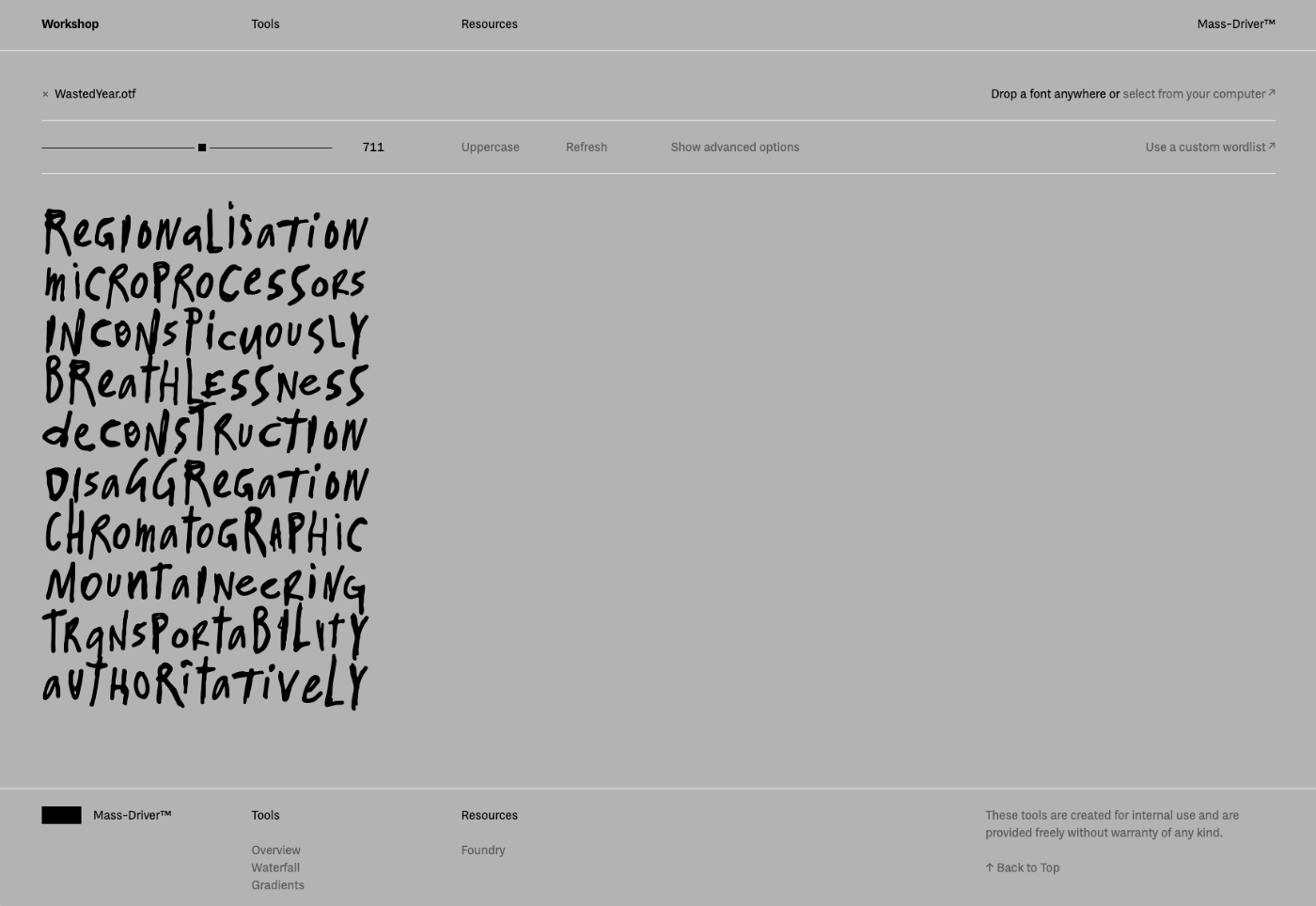Blog
Font tools, tips, updates and the occasional case study 😎
23 free unique mockups and design assets from lesser-known studios →
27th Jun, 2024Turns out there are heaps of quality mockups out there - they might just be from studios you’re yet to discover.
Font licensing explained like a human →
12th Apr, 2024Font licensing is tricky and, if you’ve had the same experience as me, no one really teaches you how it works. I’m not going to lie; for a while I was just doing my best, guessing and hoping for the best (not ideal).
Pros and cons of using free fonts →
3rd Jan, 2024You might be wondering "why can't I just use a free font for everything?". Although they are free, it's not always a free for all. There are a few advantages and disadvantages to consider when using a free font, and we've listed them here.
10 free unique handwriting fonts you need in your design toolkit →
9th Dec, 2023I've put together a list of my favourite free handwriting fonts. I gravitate towards handwriting fonts that look realistic, are well-made and a little quirky - and that's what you'll find in this list.
Type Testing Template →
6th Oct, 2023I created this template to easily test my own fonts (and I'd love to share it). Included is sample text for paragraphs, numbers, fractions, currency, symbols, kerning pairs and bullets.
Typeface classification: font styles explained →
14th Aug, 2023Script, cursive, handwriting, monospace? What's the difference between serif and sans serif? Heard these typography terms and now you've got more questions than answers? It can be a little confusing, so here is your quick guide to Typeface Classification.
8 impactful font pairings for messy handwriting fonts →
30th Jul, 2023Let's take a joyride through eight bold font pairings that go together like peanut butter and jelly - they shouldn't work, but somehow they just do.
How to upload fonts to Figma →
9th Jun, 2023Want to upload your Typeheist fonts to Figma? If you have an organisation or enterprise account, here's how to do it.
How to install Typeheist Desktop fonts →
8th May, 2023New to fonts? Here's a quick guide to get you up and running so you can use your desktop fonts.
Behind the Scenes: Creating the 'Infamous' typeface →
12th Apr, 2023Let me take you on a journey through the creation of the unruly handwritten font, Infamous.
What does your handwriting reveal about you? →
17th Mar, 2023Ever wondered why everyone's handwriting is so different? Or how you can 'know' someones handwriting? Is our personality reflected in our handwriting? Turns out, maybe...
Behind the Scenes: What goes into creating a messy handwriting font? →
23rd Feb, 2023Handwriting fonts are a great way to add that personalised touch to a design or brand. There are thousands of unique fonts available, but what really goes into creating a messy handwriting font?
Sample text for proofing typefaces →
30th Jan, 2023Below you’ll find sample text that I use to test my fonts. I’ve included an ever-growing selection of character and symbol combinations to check your kerning, colliding and overall tone.
Glyphs and ligatures: The Basics →
29th Jan, 2023What are glyphs and ligatures? They are both are essential to creating unique and realistic handwriting typefaces. Let's take a look.
Tools for font designers →
25th Jan, 2023As a font designer, you are probably very aware of the main tools that you use on a daily basis to create fonts. However, I'm here to recognise some of the more hidden gems that I use all through the font-creation-process.

